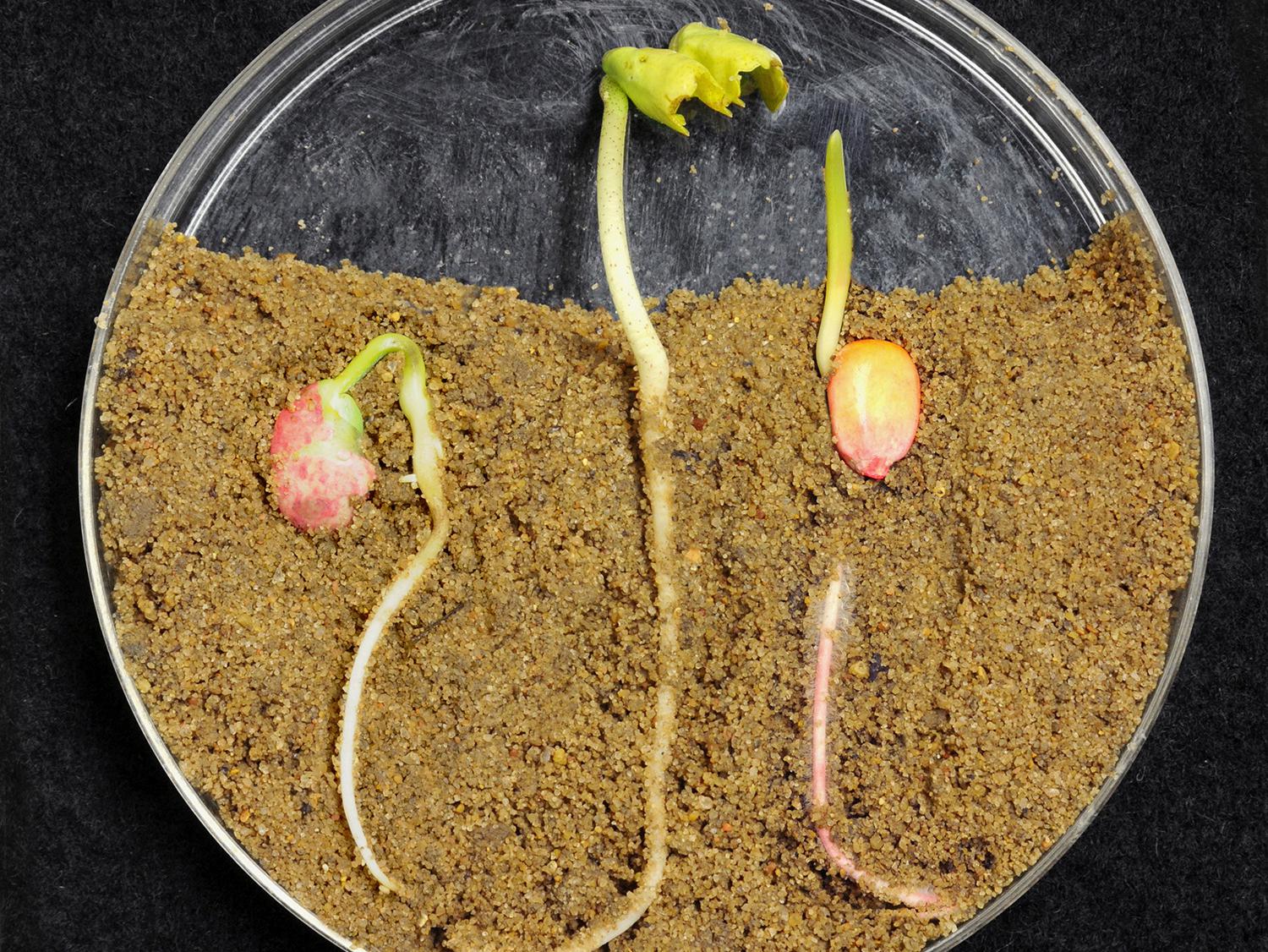Information Possibly Outdated
The information presented on this page was originally released on March 28, 2013. It may not be outdated, but please search our site for more current information. If you plan to quote or reference this information in a publication, please check with the Extension specialist or author before proceeding.
Mississippi producers plan for more corn, less cotton
MISSISSIPPI STATE – Corn is the anticipated biggest winner and cotton the biggest loser as Mississippi producers shuffle commodity acres to take advantage of market conditions.
The U.S. Department of Agriculture released its prospective plantings report March 28. In it, the state’s corn acreage is predicted to reach 1.05 million acres, a 28 percent increase from the 820,000 acres planted in 2012. Cotton is expected to drop to 270,000 acres, a 43 percent decrease from last year. Soybean acreage remains relatively unchanged, and this commodity continues to command the largest portion of the state’s row-crop acreage.
John Michael Riley, agricultural economist with the Mississippi State University Extension Service, said market price is a major factor influencing producers’ decisions.
“The market is in a state of flux, but corn and soybeans appear to remain in the driver’s seat, despite their prices tumbling since the first of the year,” Riley said. “Cotton prices have advanced, but not enough to keep it from losing significant acreage.”
Prices this spring are similar to prices last spring, but nowhere near the levels seen at harvest in 2012.
“No one could have foreseen the widespread drought that would eventually encompass more than 85 percent of the contiguous United States,” Riley said. “Mississippi was spared for the most part, and local producers were able to take advantage of higher prices at harvest. But, the likelihood of that happening again is rather low.”
Riley said corn and soybean supplies are very tight nationally, helping keep prices good for these commodities. Even so, production costs for fuel, fertilizer and machinery are either steady or higher than last year, which continues to pressure farm profits.
“The success of last year’s excellent corn crop is driving acreage decisions this year,” said Erick Larson, Extension corn and wheat specialist.
As of March 24, the state’s corn crop was 37 percent planted, which was well above the five-year average of 21 percent planted this early in the season. Rains the last week of March slowed field work after that point.
Darrin Dodds, Extension cotton specialist, said potential profits and pest management costs weigh heavily on cotton planting decisions every year. These factors do not add up favorably for cotton.
“The decrease to less than 300,000 acres is caused by potentially poor profits from cotton production compared to those of grain crops, as well as the challenges associated with cotton production,” Dodds said. “The acres leaving cotton are going primarily to corn, but soybeans are expected to pick some up as well.”
USDA predicts soybean acreage in Mississippi will drop 20,000 acres, or 1 percent, to 1.95 million acres in 2013.
Trent Irby, Extension soybean specialist, said producers’ recent experience with strong prices and good yields are encouraging them to plant many acres of this crop.
“If weather prohibits timely planting in early spring, soybeans often pick up additional acres when producers switch from a planned crop to later-planted soybeans,” Irby said.
Winter wheat saw an 8 percent increase in acreage to 400,000 acres planted for a 2013 harvest, but the rest of the state’s major crops face declines.
Rice acreage is expected to fall slightly to 120,000 acres, down 8 percent from last year. Sorghum is expected to drop 6 percent to 45,000 acres, and hay acres are anticipated to drop 5 percent to 710,000 acres. USDA predicts sweet potato acreage will dip 8 percent to 22,000 acres, but the crop will remain solidly in second place nationally behind North Carolina.












